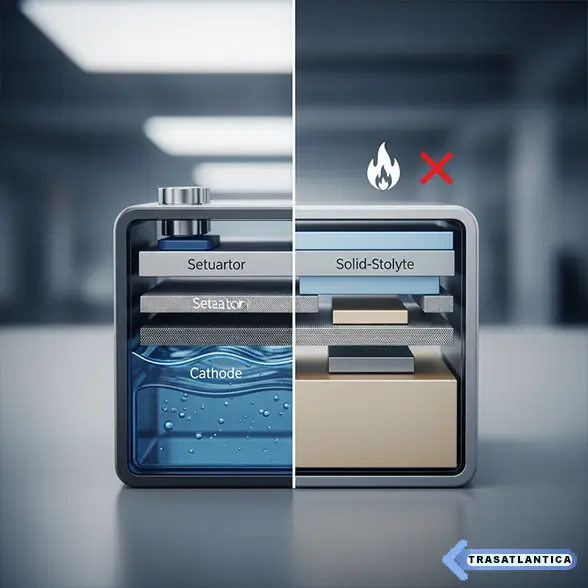Solid State technology represents a significant leap forward in battery development, promising higher energy density and improved safety compared to traditional liquid electrolyte batteries. These batteries replace liquid electrolytes with solid materials, reducing the risk of leakage and combustion. As a result, they offer longer lifespan and faster charging capabilities. Ongoing research and development aim to overcome manufacturing challenges and bring this technology to mainstream applications in electric vehicles and portable electronics.
Solid State Batteries Transforming Energy Storage Safety and Efficiency
The adoption of solid electrolytes enhances battery stability by eliminating flammable components commonly found in conventional cells. This change reduces thermal runaway incidents, making devices safer for consumers. Additionally, solid state batteries support higher voltage operation, increasing energy storage capacity without compromising size or weight. Advanced materials such as ceramic and glassy electrolytes contribute to these improvements. Industry leaders invest heavily in scaling production methods and improving interface compatibility between electrodes and solid electrolytes, driving performance gains.
Innovations Accelerating Solid State Battery Commercialization
Recent breakthroughs focus on overcoming barriers like limited ionic conductivity and interface degradation. Novel composite electrolytes combine polymers and ceramics to optimize flexibility and conductivity. Furthermore, manufacturing techniques such as thin film deposition and 3D printing improve material uniformity and reduce defects. Collaborative research efforts among universities, startups, and corporations expedite prototyping and testing phases. These innovations lower costs and increase reliability, bringing solid state batteries closer to widespread adoption in electric mobility and grid storage solutions.
Economic and Environmental Benefits of Solid State Battery Technologies
From an economic standpoint, solid conductor batteries promise longer operational lifetimes, reducing replacement frequency and total ownership costs. Enhanced safety profiles minimize recall risks and associated expenses. Environmentally, these batteries facilitate broader adoption of clean energy technologies by improving electric vehicle range and efficiency. Moreover, the use of non-toxic solid materials eases recycling and disposal concerns. Government incentives and policies increasingly support investment in solid conductor research and infrastructure, accelerating market entry and encouraging sustainable innovation.
Strategic Future of Solid State Battery Integration
Looking forward, integrating solid conductor batteries into various sectors will transform energy storage landscapes. The automotive industry prioritizes these batteries for next generation electric vehicles, targeting faster charging and longer ranges. Portable electronics manufacturers seek thinner and safer batteries to enhance user experience. Additionally, grid-scale storage applications stand to benefit from improved durability and performance. Coordinated efforts among stakeholders ensure standardization and quality control, fostering consumer confidence. Ultimately, solid conductor batteries will play a pivotal role in advancing clean energy transitions worldwide.
In summary, advances in solid conductor battery technology promise safer, more efficient, and sustainable energy storage solutions. Continued innovation and investment will drive their integration into key markets, shaping the future of energy and mobility.
